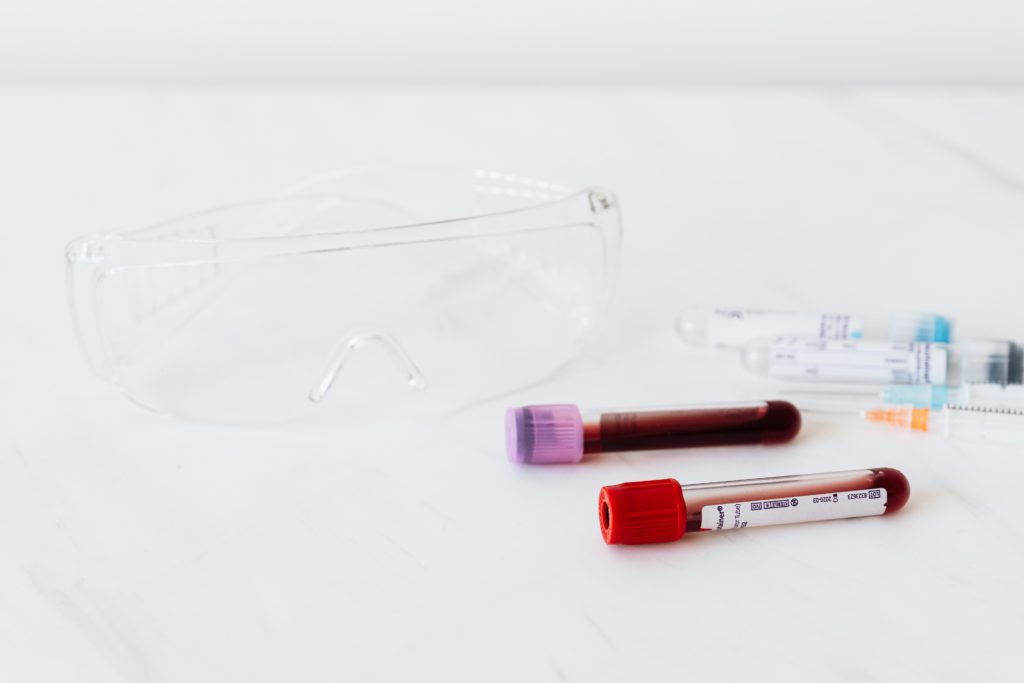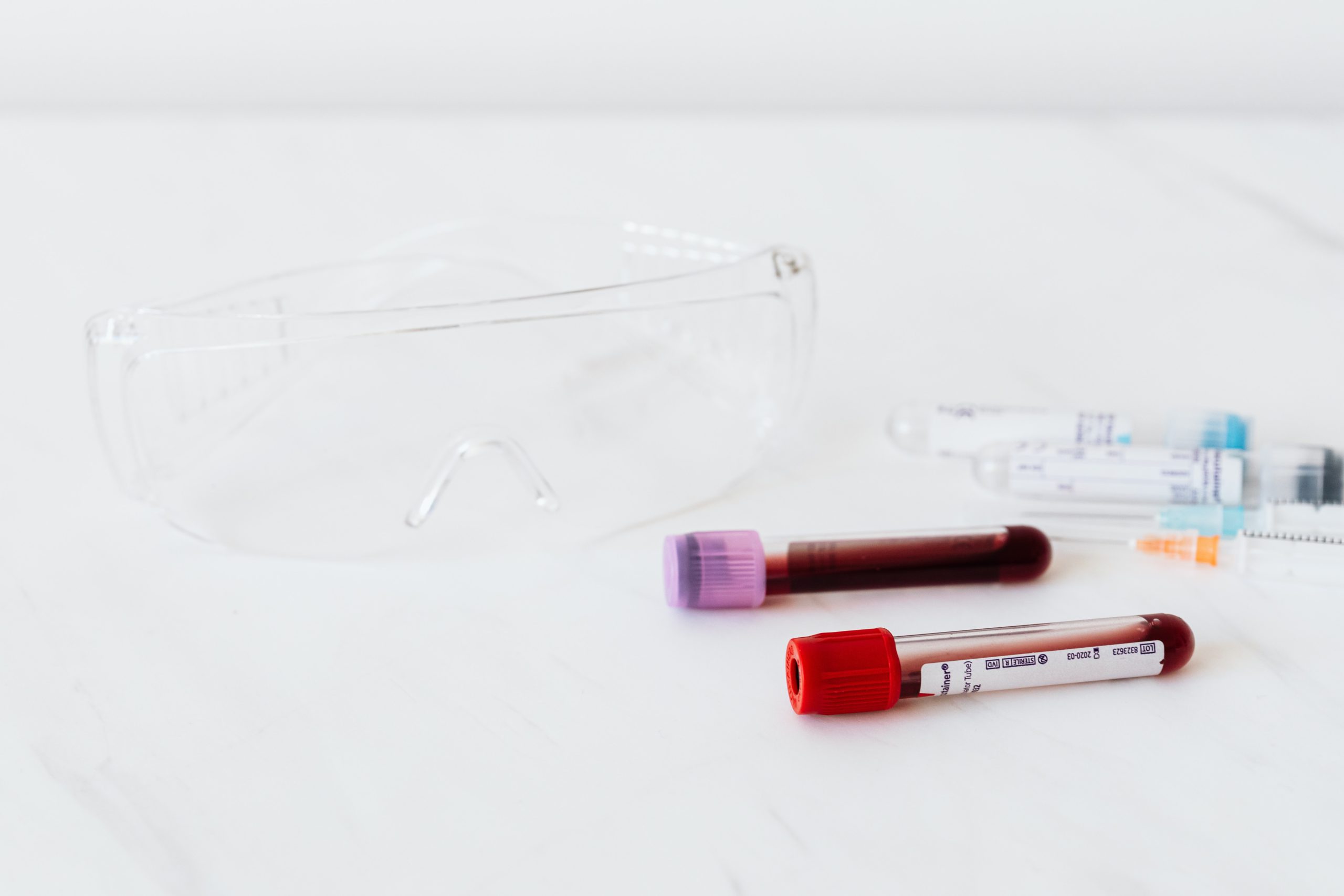
Vials of Blood, have you ever been wondering how many vials of blood can be drawn at once? is a concern for many when they see the amount of blood testing their doctor wants them to undergo. Luckily, there has been a lot of research and studies conducted around this question to ensure that blood drawing is always safe. But it’s good to know that a single vial of blood is a minuscule amount compared to the volume of blood in your body. Check out some facts below so when you go in for your blood drawing with Speedy Sticks you can feel confident knowing you’re completely safe and in good hands. Book a blood draw today!
Vials of Blood: What You Need to Know
Understanding how much blood is collected during a lab test starts with knowing what a vial of blood actually holds. This small container plays a big role in diagnosing and monitoring your health.
What Is a Vials of Blood?
A vials of blood refers to a small tube, typically made of glass or plastic, used to collect and store blood samples for laboratory testing. These vials are vacuum-sealed and color-coded based on the type of test being performed—each color represents a different additive used for preserving the blood or separating its components.
The standard size for a blood vial is approximately 8.5 milliliters (mL), though some tests may require smaller or larger tubes. Vials are carefully filled during a blood draw using a sterile needle and are then labeled and sent to the lab for analysis.
How Many Vials of Blood Can Be Drawn at Once?
Each standard vial used for blood testing holds around 8.5 mL of blood. On average, most blood work appointments require between 3 to 10 vials, depending on the number and type of tests your doctor has ordered.
To put this into perspective:
The human body contains approximately 5,000 mL (5 liters) of blood.
Drawing 10 vials equals roughly 85 mL, which is less than 2% of your total blood volume.
You would need to draw over 80 vials before your body experiences noticeable effects.
At Speedy Sticks, we never come close to drawing a volume that could pose a health risk during a routine visit.
How Much Blood Can Be Drawn Per Week?
According to guidelines from the U.S. Food and Drug Administration (FDA) and clinical research standards:
Healthy adults weighing 110 lbs or more can safely give up to 550 mL of blood every 8 weeks.
This generally allows for no more than two blood draws per week, depending on volume and medical necessity.
For clinical trials, these limits are strictly regulated to prevent complications.
Rest assured: medical professionals follow strict protocols to avoid overdraw and protect your well-being.
How Long Does it Take to Replenish Blood
our body is incredibly efficient at restoring blood:
Plasma replenishes within 24–48 hours.
Platelets and white blood cells return to normal levels within a few days.
Red blood cells and iron stores may take 4–6 weeks to fully recover, depending on diet and overall health.
People who donate a full pint (about 470 mL) of blood are typically advised to wait 12–16 weeks before donating again.
Red Blood Cells, Iron, and Your Health
Red blood cells (RBCs) are essential for oxygen delivery throughout your body, thanks to a protein called hemoglobin, which contains iron.
When you have a blood draw:
Your body loses a small amount of iron along with the RBCs.
In response, it pulls iron from internal stores and absorbs more from food.
To support recovery, consider eating iron-rich foods like spinach, red meat, lentils, fortified cereals, or taking an iron supplement—especially if you’ve been instructed to fast or are prone to low iron levels.
Why You Should Stay Hydrated for a Blood Draw
8% of your body weight is made up of blood volume. Plasma makes up around 55% of blood, and 90% of it is water. So, when you have your blood drawn, almost half of this is water. You should therefore drink lots of water both before and after your blood draws. After a blood draw, it’s crucial to replenish lost fluids to let your blood volume levels return to normal.
Tips:
Drink at least 16 oz of water an hour before your blood draw.
Avoid caffeine and alcohol beforehand, as they can dehydrate you.
After your blood draw, continue drinking water to help your body recover faster.
When to Be Cautious
While blood draws are generally safe, speak with your doctor or phlebotomist if:
You have anemia or low iron.
You’re pregnant or underweight.
You feel lightheaded during or after blood draws.
You’re scheduled for frequent testing.
Is it safe to draw 10 vials of blood at once?
Yes, drawing 10 vials (~85 mL) is safe for healthy adults. It’s a small fraction of your total blood volume.
How much blood is taken during a typical lab test?
A standard lab test may require between 1 to 10 vials, depending on the number of tests. This equals about 8.5 mL to 85 mL.
What should I eat before and after a blood draw?
Before: Stick to light, healthy meals unless fasting is required.
After: Focus on iron-rich foods, protein, and hydration to support blood replenishment.
Can too many blood tests cause anemia?
It’s rare, but possible with frequent large-volume testing or if you have low iron levels. Always inform your provider if you have anemia or feel fatigued after multiple draws.
Can I exercise after a blood draw?
Light activity is fine, but avoid strenuous exercise for at least 24 hours, especially if a large volume of blood was taken.
Conclusion
Understanding how many vials of blood can be drawn at once—and what happens afterward—can ease a lot of anxiety around medical testing. The reality is that modern phlebotomy is safe, regulated, and carefully designed to protect your health. At Speedy Sticks, our mission is to make healthcare more accessible, more comfortable, and less intimidating. Whether it’s a routine test or a comprehensive panel, you can feel confident knowing that your body is more than capable of handling a standard blood draw, and our experienced team will be there every step of the way.
Stay hydrated, eat well, and rest when needed—and most importantly, trust the process. Your health is worth it.

The Takeaway
When blood draws are performed by a phlebotomist like Speedy Sticks, they are always safe! But there are some precautions you can take to keep you feeling at your best, such as drinking water or eating foods rich in iron. If you have any other questions about upcoming blood draws, don’t hesitate to reach out. Or if you have blood draws scheduled from your doctor and want them from the comfort of your office or home, you can book an appointment today.







